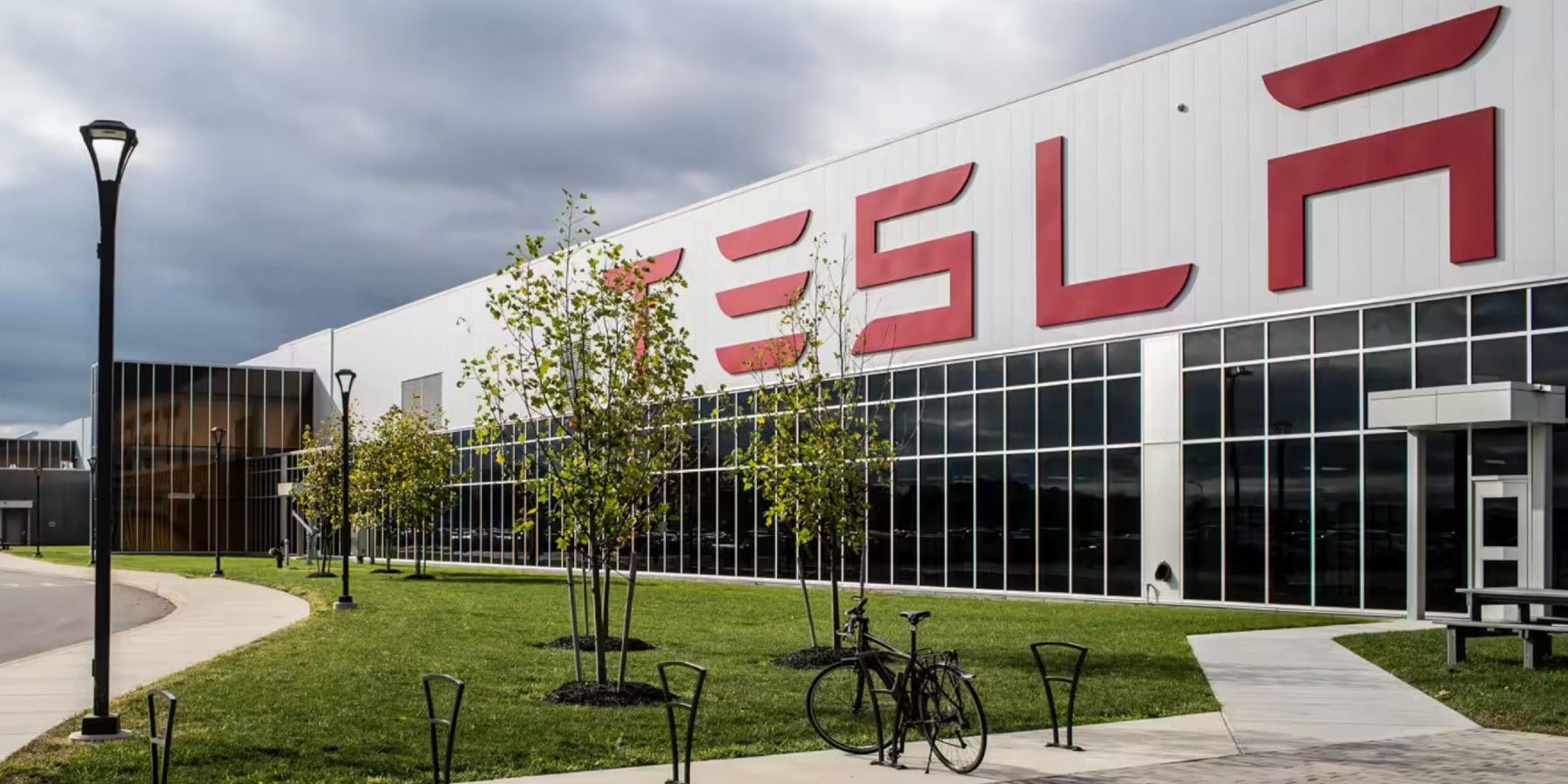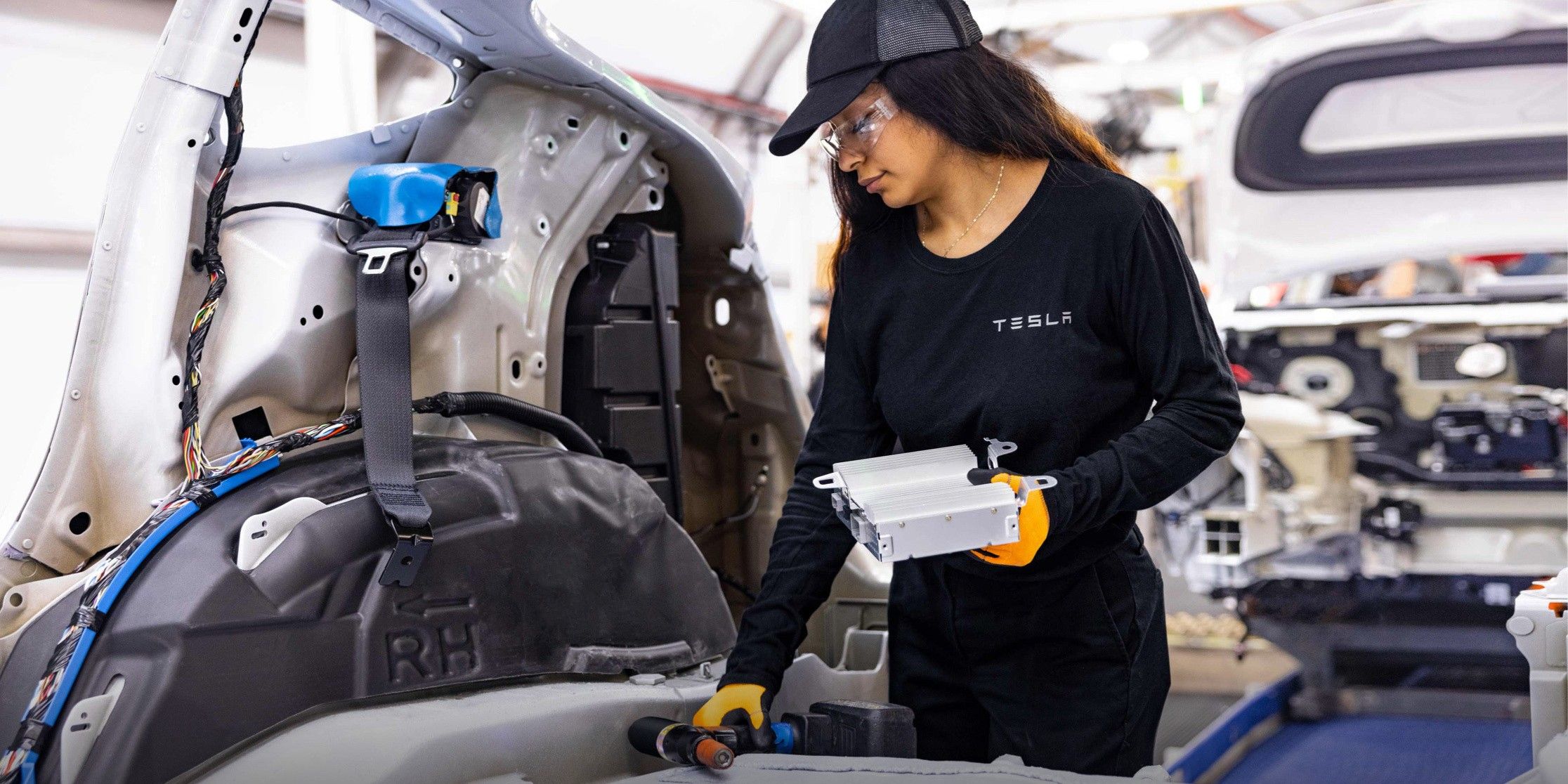Tesla aims to produce 20 million electric vehicles a year by 2030, but can this be done with supply chain issues? The EV company has several factories worldwide that make cars and/or batteries. The facilities are in California, Nevada and China. In addition, this year, Tesla opened two more Gigafatories, one in Austin, TX and another in Berlin, Germany.
EVs are not quite mainstream yet, but more people are switching to electric vehicles every year. With more warnings of Climate Change harming the planet, consumers want to be more environmentally conscious. Plus, with the gas prices rising, people are switching to save money. According to Statista, 66.7 million automobiles were sold in 2021, compared to 6.6 million electric. This was more than three million more EVs than were sold in 2020. So, it is no surprise that Tesla is trying to rev up production to meet the demand.
Tesla tweeted its goal of producing 20 million cars by 2030 and stated it had made 0.94 million in 2021. The company is looking to scale its business in the next eight years, which seems like a lofty goal. Unlike traditional car manufacturers, it only puts the cars into production once ordered. Currently, consumers could be waiting a year for the vehicle. Because of this, Tesla CEO Elon Musk said he might have to limit or stop orders until it can catch up on orders. It's hard to see how Tesla can scale to 20 million cars a year when it can't handle its current demand.
Issues Facing Tesla Production
Tesla has been facing several issues. First, the EV market has problems due to the chip shortage, and while this issue seems to be getting better, it's still had an impact. Due to availability, there's also been a price increase on other materials too, including lithium. In April, Musk said he was considering having Tesla mine it to combat this issue. A lack of necessary materials for manufacturing started during the pandemic and worsened with the Russian-Ukrainian conflict. In addition, due to the extra costs, the company has raised the prices of all its vehicles. This made Model 3 and Model Y cars no longer available for California's Clean Vehicle Rebate Project (CVRP). This could make people less likely to buy an EV. That could help ease some of the demand on Tesla but doesn't help it reach its goal.
Even after two years of the pandemic, lockdowns are still affecting Tesla. In April, the factory in Shanghai was shut down for a week. When it resumed production, employees had to sleep on the factory floor to comply with lockdown rules. Even with the workers back in the factory, Tesla is having difficulty ramping up production again because there could only be one shift due to not being able to allow more people into the building. In addition, the U.S. is once again seeing a rise in COVID cases, so the pandemic will be an ongoing issue for the company.
With all the issues slowing down production, it seems impossible for Tesla to reach its goal. The pandemic and Russian-Ukrainian conflict would have to end for the company to ramp up production. Prices for materials and vehicles will also have to come down so more people can afford to buy one. It's unclear when any of these issues will be resolved. In addition, Tesla would have to either have no more unforeseen problems or prepare for more obstacles before they happen so they don't impact production. In the meantime, it doesn't appear that Tesla will meet its goal.
Source: Statista, Green Car Reports, Tesla/Twitter


